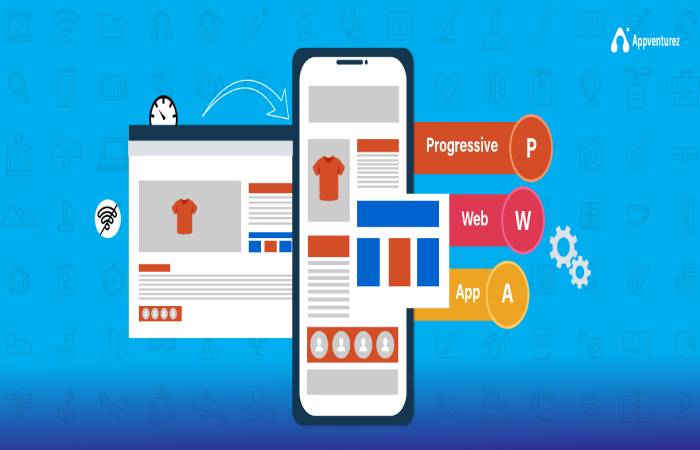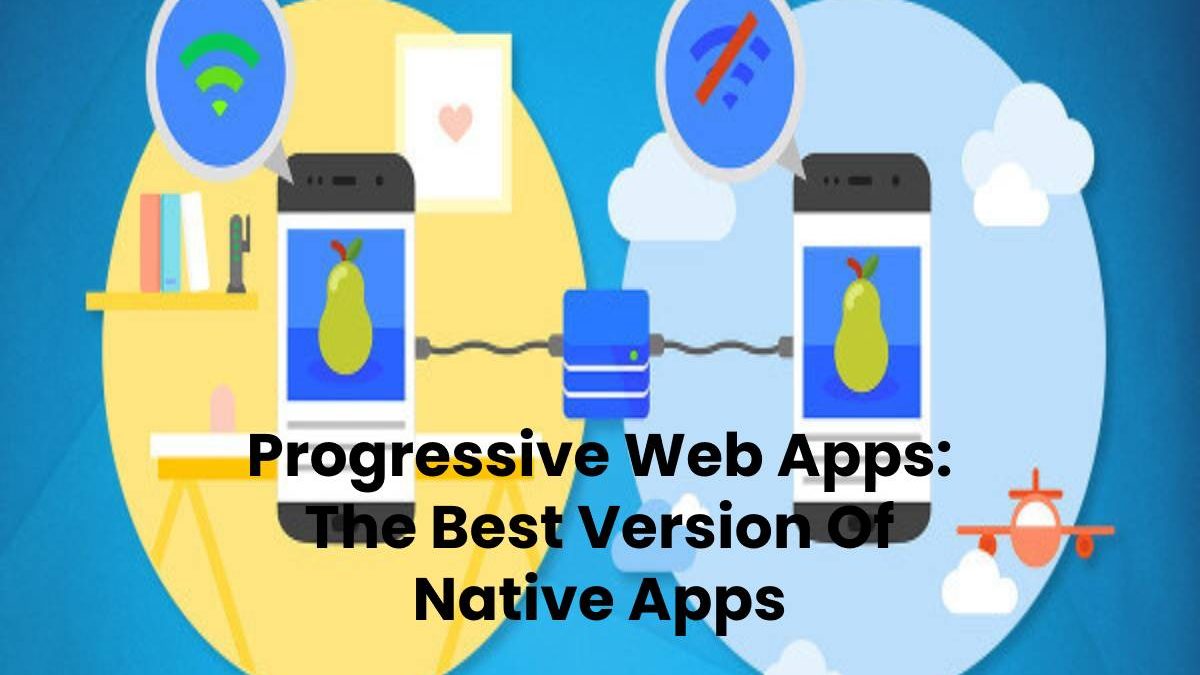Progressive Web Apps: The Best Version Of Native Apps
Progressive web apps do not require a download, installation, or registration on the user device. Read this blog to learn how to build a progressive web app.
Due to the relatively reliable and attractive experience compared to native apps, many companies have started switching to progressive web apps in recent years. PWAs provide customers with an integrated mobile experience. But you can’t think of them as an alternative to local apps for more businesses.
Native apps are excellent and attractive, but when it comes to mobile web applications, most companies still prefer PWAs. PWAs provide users with an app-like experience. Users have the option of working offline and viewing cached content. Additionally, they can receive notifications.
What are the advantages of users:
- PWAs provide optimal speeds, the ability to work offline, and access from the browser itself.
- Users can add them to the devices’ home screen just like the native app.
- These apps are much lighter than native apps and do not require users to install them separately. PWAs require space on your devices, but not like native apps.
- These apps have less load time.
- They give you instant updates and work even in poor network conditions.
What is the definition of PWA:

Progressive Web Apps are applications you can create using web technologies such as HTML, CSS, and Javascript. The great thing about PWA apps is that you can turn any website into a PWA. In other words, you can build a PWA app faster and even easier to develop than a native app. Moreover, you can provide all local apps like push notifications, offline support, etc.
Many powerful web apps may be found on the internet. Twitter.com and Pinterest.com, for example. They function similarly to native applications. You may use an iPhone or an Android phone to run them. You may now log in and get started!
Features of PWA:
- Reliable: They charge instantly and perform well even over faulty network connections.
- Faster: They respond quickly to user interactions with smooth animations.
- Attractive: They are considered a natural app with an engaging user experience.
What are the components of PWA:
PWA consists of the following features:
Manifest: This component defines how the user interacts with the application and launches it. You can view application metadata such as start URL, link icons, and start screen.
Service Workers: They activate the offline working mode, which means customers can work offline. Storage APIs allow users to pre-cache content.
The service worker provides these features:
An intercept request for HTTP / HTTP provides data from the database or the local network.
You can manage push notifications by enabling hooks in the built-in operating system so that the operating system can allow the response to events.
Service technicians can organize themed events that allow offline work.
Application Shell Architecture: The submission shell is not required, but it is recommended to create PWAs. This shell is responsible for allowing the application to run without connectivity. It distinguishes between dynamic and static content.
Read the Google Developer Guide for Application Shell below:
- The application shell loads faster.
- It would help if you used as little data as possible.
- we can use static assets from the local supply.
- You can separate the content from the navigation.
- You can hide or show specific content on a page.
Most of the time, PWAs are build using application shell architecture. It would be best if you had a mix of SSR and CSR to create an app shell. You can also use the Feed API to create PWA.
How to make a progressive web app with App Builder:
I hope you now know the basics of PWAs; Now, let’s learn how to do it from scratch.
You may have encountered many challenges and issues when choosing a technology stock that will allow you to manifest all of your goals to provide a better customer experience. PWA App planner is a great choice to start in such a scenario!
Here are the tools to create a PWA app:
- Lit-Element: You can choose Lit-Element as your web framework to meet performance requirements and provide a great user experience. This topic discusses all the benefits of using web components, including assembly size. You can create PWAs with elements turned on to provide users with a faster and smoother experience, significantly contributing to battery life and memory usage.
- Roll-ups: You can select roll-ups as a bundler to create PWAs. Roll-ups make working with S modules and web standards very easy.
You can use the “Wait for Import” module (standard web syntax for dynamic imports) and know how to group it in the right way.
- TypeScript: TYPESCRIPT is very easy to use by default. TypeScript further enhances the user experience of the lit-element.
- Workbox: You can make extensive use of the maintenance technicians available on the PWA Generator. The workbox allows PWA to work offline and load very fast, and PWA apps require no additional effort from the developer.
In adding to these tools, you can use the following steps to create a PWA app:
- Build a Basic Website: You need a website to build PWA. You can start it from scratch, or you can download the template. Replace content in index.html and change colors using CSS. Your website is ready to be transformed into a progressive web application.
- Create an app icon on the home screen: You need the app icon for PWA. Create your logo or download free ones from online sources. The logo must have a resolution of at least 144 pixels. Once the icon is created, you can download it and add the HTML code to the <head> index.html file. Keep in mind that the path to this file must be correct.
- Create and Register the Web Application Manifesto: The Web Application Manifesto is crucial in creating the PWA. This file contains website data. You can create one or use the web application manifest generator to fill in the data.
- Add Service Activist: Now register the service operator using the JAVASCRIPT file containing our Service Activist logic. The next step is to install and activate the service worker to intercept requests and communicate with the local cache.
- Add to Homescreen: Users can install the app on their device by adding the Homescreen (A2HS) dialog box. You must provide the app with a secure HTTPS connection. After completing all the conditions, the browser will display an A2HS dialog box with a pop-up window and other options.
Conclusion:
PWAs are a powerful tool for building modern web applications. All you need is an excellent PWA app generator!
Related posts
Featured Posts
USB Charger – Advantages And Disadvantages
What is USB Charger USB Charger: Almost 80% of the world’s population use their phones on a daily basis as…
Can I Carry to Bluetooth Speakers To Everywhere
Bluetooth Speakers: What would a party be without a good playlist to relax. What do you hear when you sit…



